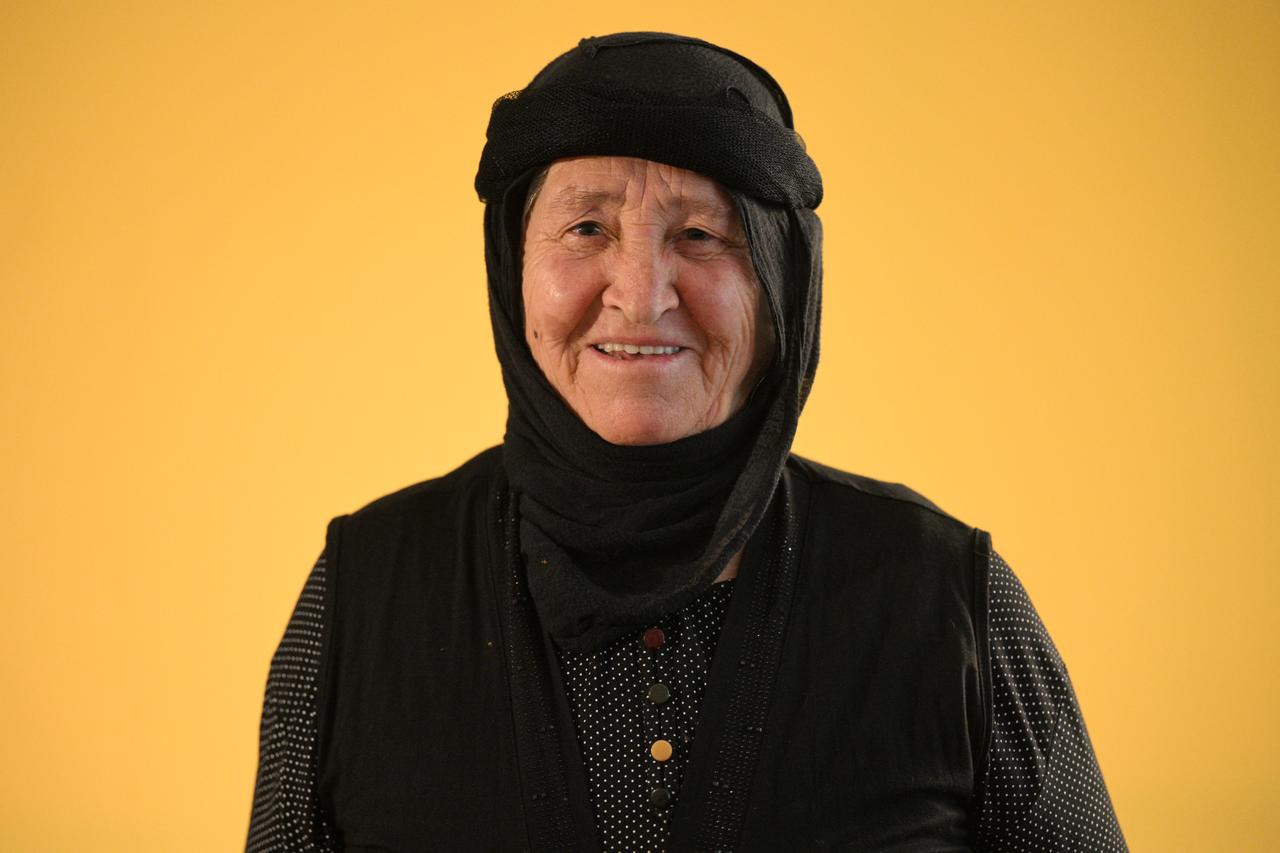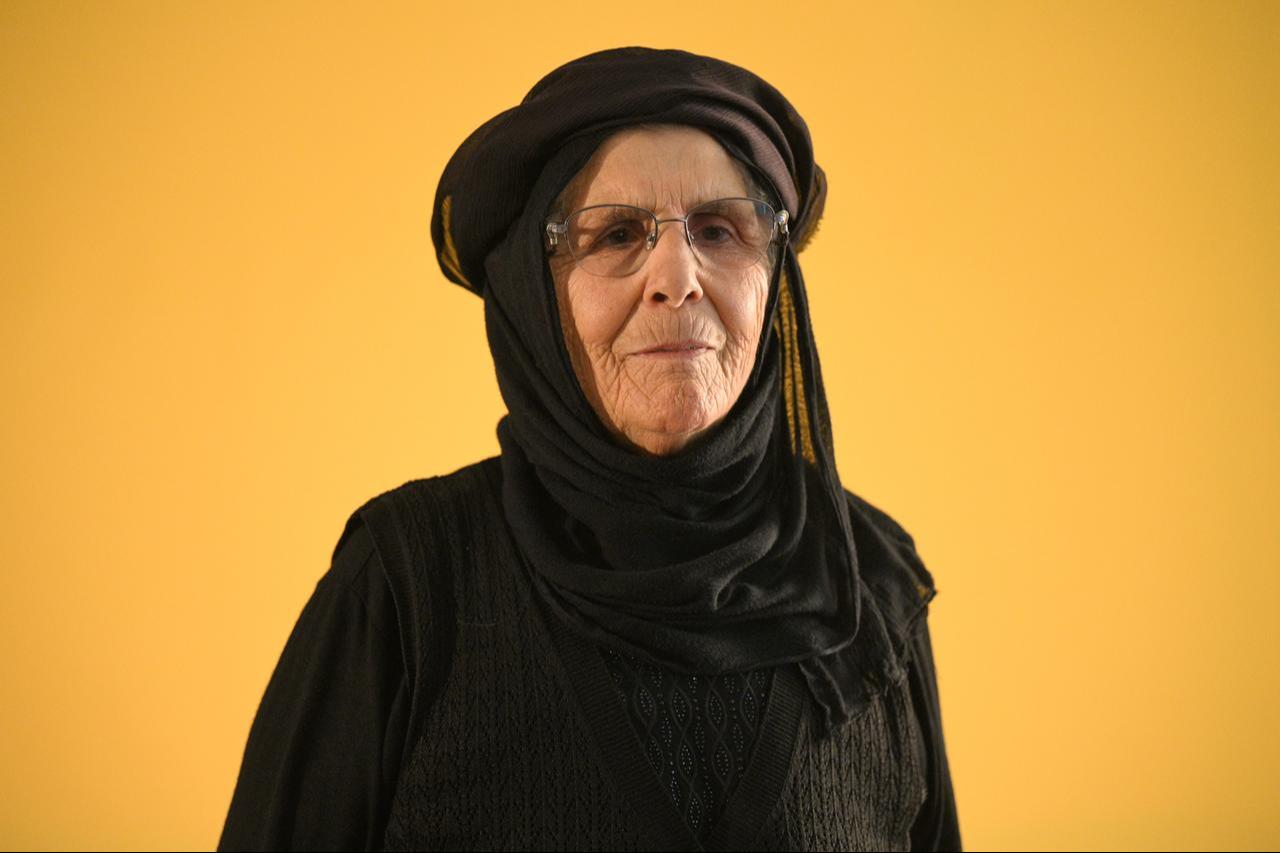
In Kayseri’s Sarioglan district, the elderly women of Palas Neighborhood are known for their striking tradition of wearing black headscarves, a practice that immediately draws the attention of visitors. Known locally as the “kara yapiklilar,” these women wrap a second black cloth over their long black scarves, tying it across the forehead. This distinctive style is more than a fashion statement it carries deep emotional and cultural significance.
The choice of black is deliberate. Women often begin wearing black after reaching an advanced age or following a personal loss, such as the death of a spouse or child. While they may have worn white or colorful scarves when they married, black has become a symbol of mourning, dignity and solemnity.
“The black scarf tells the story of a woman’s life, her challenges, and her resilience,” says Murat Ozdemir, Vice President of the Palas Social Culture and Solidarity Association.

Palas, located 50 kilometers from Kayseri city center, is a historic settlement with roots stretching back to Seljuk times. The neighborhood is home to the historic Palas Grand Mosque, built in 1232, which can accommodates 300 people and is mentioned in Ottoman archives. Ozdemir points out that the women’s head-covering style reflects the region’s long-standing cultural heritage, showing continuity from Seljuk and Ottoman traditions.
“When we look at Seljuk women’s head wraps, we can see similarities. Over time, the style has changed slightly, but the essence remains,” Ozdemir adds.

Beyond symbolism, the head-wrap serves a practical purpose. Hatice Oral, 65, says, “We tie our scarves this way so they don’t fall off while working.”
Ayse Baydemir, 81, shares a similar experience: “I have been wearing my head like this for 65 years. It keeps my scarf secure while I work, and people even thought I was from eastern Türkiye because of it when I lived in Ankara.”
Although Palas maintains a population of around 5,000, only about 100–150 women still follow this tradition. Ozdemir notes, “The younger generation no longer wears it. These women are the last representatives of this cultural practice.”
Nazlı Akkas, 75, explains, “Our mothers and grandmothers used colorful, decorated scarves. Today, they are hard to find except from people returning from Umrah.”